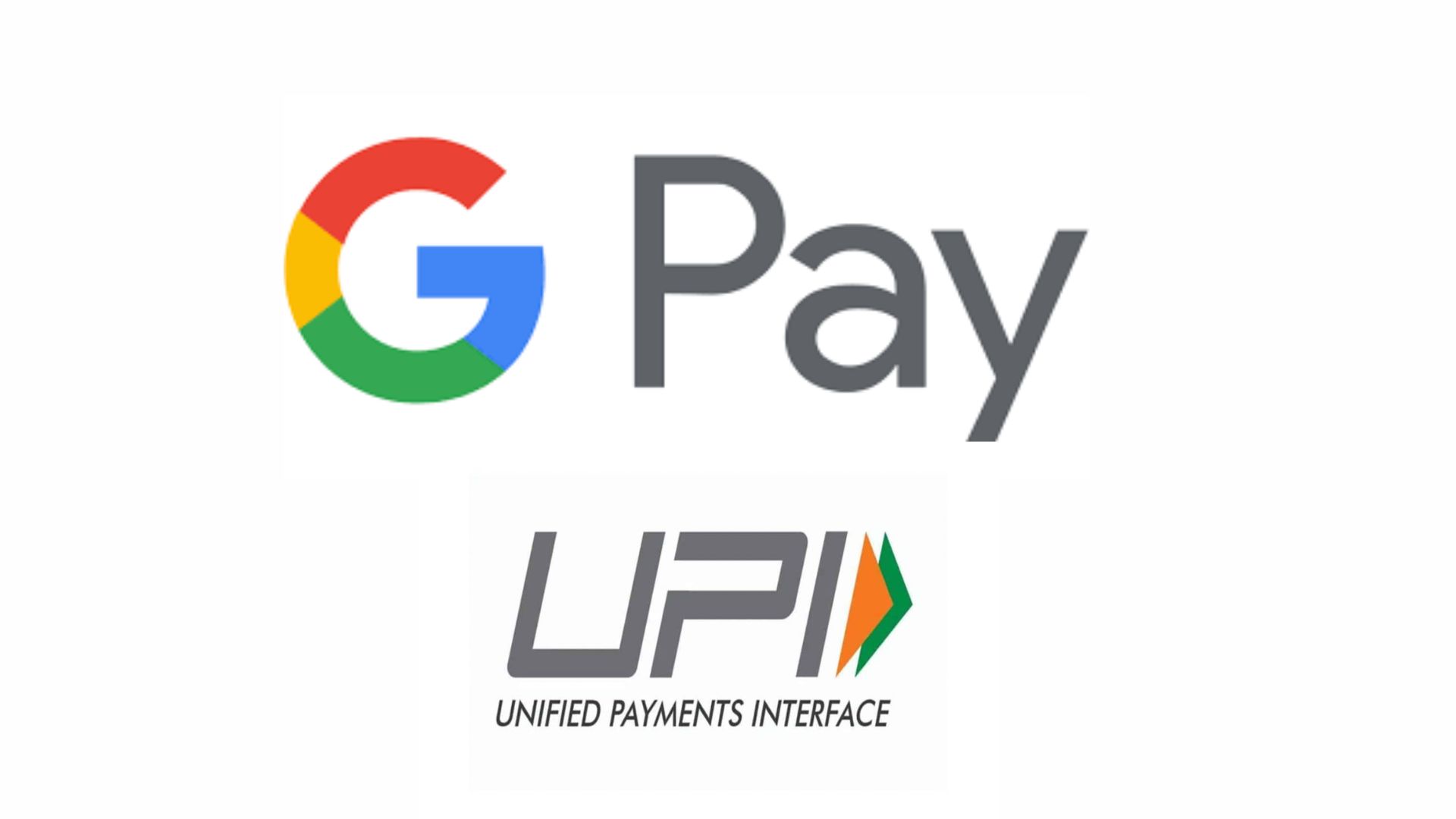google pay

what is history of googe pay?
The history of Google Pay, formerly known as Android Pay and Wallet, spans several years of development and evolution in the realm of digital payments. Here’s an overview of the key events and milestones in the history of Google Pay:
1. Google Wallet (2011-2018)
-
2011: Introduction of Google Wallet: Wallet was launched in 2011 as a mobile payment system that allowed users to store credit, debit, and loyalty cards digitally and make payments using their smartphones.
-
2015: Android Pay Launch: In 2015, introduced Android Pay as a successor to Google Wallet, focusing specifically on in-store and in-app payments through Android devices. Android Pay utilized Near Field Communication (NFC) technology for contactless payments.
-
2016: Integration with Google Wallet: Android Pay was integrated with the Wallet app, combining the functionalities of both services and allowing users to manage both in-store payments and peer-to-peer transactions within a single app.
2. Transition to Google Pay (2018-Present)
-
2018: Unification Under Google Pay Brand: In January 2018, Google announced the unification of its payment services under the Google Pay brand. This consolidation merged Android Pay and Google Wallet into a single platform, simplifying the user experience.
-
Expansion of Services: With the rebranding, Google Pay expanded its services beyond just Android devices, becoming available on other platforms such as iOS and desktop browsers.
-
Introduction of Google Pay Send: Google Pay Send, previously known as Google Wallet, continued to function as a separate peer-to-peer payment service within the Google Pay app, allowing users to send and receive money directly.
-
Global Expansion: Google Pay gradually expanded its availability to more countries around the world, offering localized features and services tailored to each region’s payment ecosystem.
-
Integration with Google Services: Google Pay was integrated with other Google services, such as Gmail and Google Assistant, allowing users to send money directly through email attachments and make transactions using voice commands.
3. Recent Developments and Innovations
-
2020-2022: Ongoing Updates and Enhancements: Google Pay continued to evolve with regular updates, introducing new features, improving security measures, and expanding its partnerships with banks, merchants, and financial institutions.
-
Focus on Contactless Payments: With the global COVID-19 pandemic accelerating the shift towards contactless payments, Google Pay placed a greater emphasis on supporting contactless transactions through NFC technology.
-
Enhanced Reward Programs: Google Pay introduced enhanced reward programs, cashback offers, and discounts to incentivize usage and attract more users to the platform.
Future Outlook
Google Pay remains a prominent player in the digital payments landscape, with a focus on innovation, convenience, and security. Its integration with the broader Google ecosystem and its global reach position it as a leading digital payment solution for users worldwide. As technology continues to evolve and consumer preferences shift, Google Pay is likely to adapt and introduce new features to meet the evolving needs of its users.
what is google pay?
Google Pay is a digital wallet and online payment system developed by Google. It allows users to make payments using their smartphones, tablets, or smartwatches. Google Pay is designed to facilitate both online and in-store purchases, offering a seamless and secure way to manage transactions. Here are some key aspects of Google Pay:
Features o f Google Pay
f Google Pay
-
Mobile Payments:
- Contactless Payments: Users can make in-store purchases by tapping their phone at contactless payment terminals using Near Field Communication (NFC) technology.
- Online Payments: Google Pay can be used for purchases on websites and apps that support the service.
-
Peer-to-Peer Payments:
- Send and Receive Money: Users can send money to friends and family, receive payments, and request funds directly through the app.
-
Digital Wallet:
- Card Storage: Users can store their credit, debit, and loyalty cards in the app, allowing for quick access and usage.
- Tickets and Boarding Passes: Google Pay can store event tickets, boarding passes, and other types of passes.
-
Integration with Google Services:
- Google Ecosystem: Google Pay integrates with other Google services, such as Gmail and Google Assistant, enhancing convenience and functionality.
-
Rewards and Offers:
- Cashback and Discounts: Google Pay often provides cashback offers, discounts, and other promotional deals to incentivize usage.
- Reward Programs: Users can link loyalty programs to their Google Pay account to earn points and rewards automatically.
-
Security Features:
- Encryption and Authentication: Transactions are secured with multiple layers of encryption and authentication methods, including fingerprint recognition, facial recognition, and PIN codes.
- Tokenization: Instead of transmitting actual card details, Google Pay uses tokenization to generate a unique virtual account number for each transaction.
-
Bank Integration:
- Direct Bank Transfers: In countries where Unified Payments Interface (UPI) is available, such as India, users can link their bank accounts to send and receive money directly.
History and Development
- Launch: Google Pay was initially launched as Android Pay in September 2015, building on Google’s earlier payment platform, Google Wallet.
- Rebranding: In January 2018, Google unified its payment services under the Google Pay brand, combining the functionalities of Android Pay and Google Wallet.
- Global Reach: Google Pay is available in many countries around the world, with varying features depending on the region.
Use Cases
-
In-Store Payments:
- Users can pay at physical stores using their mobile devices. The app works with a variety of NFC-enabled payment terminals.
-
Online and In-App Purchases:
- Google Pay can be used for seamless checkout on websites and within apps that accept the payment method.
-
Peer-to-Peer Transfers:
- Sending money to friends, splitting bills, or paying for services among peers is quick and easy with Google Pay.
-
Bill Payments and Recharges:
- In regions like India, Google Pay supports bill payments for utilities, mobile recharges, and more.

Advantages of Google Pay
- Convenience: Simplifies the payment process by consolidating various payment methods and rewards in one app.
- Security: Enhanced security features protect user data and transactions.
- Speed: Speeds up the checkout process for both online and in-store purchases.
- Rewards: Users can benefit from cashback offers, discounts, and rewards programs linked to their account.
Disadvantages of Google Pay
- Limited Availability: Not all merchants support Google Pay, especially in regions where contactless payment infrastructure is still developing.
- Dependency on Technology: Requires a smartphone or compatible device and a stable internet connection.
- Privacy Concerns: As with any digital platform, there are concerns about how user data is collected, stored, and used by Google.
what is type of google pay ?
Google Pay encompasses various types of transactions and services, catering to different needs and preferences of users. Here are the primary types of Google Pay services:
1. In-Store Payments:
- Contactless Payments: Users can make purchases at physical retail stores by tapping their smartphones or smartwatches at contactless payment terminals.
- NFC Technology: Pay utilizes Near Field Communication (NFC) technology to securely transmit payment information between the device and the terminal.
2. Online and In-App Purchases:
- Online Checkout: Pay can be used to make payments on websites and mobile apps that support the service.
- One-Tap Checkout: Simplifies the checkout process by allowing users to complete transactions with just a few taps, eliminating the need to enter payment and shipping details manually.
3. Peer-to-Peer (P2P) Payments:
- Send and Receive Money: Users can send money to friends, family, or acquaintances directly from within the Pay app.
- Split Bills: Enables users to split bills, expenses, or payments with others conveniently.
4. Bill Payments and Recharges:
- Utility Bills: In certain regions, Pay supports the payment of utility bills such as electricity, water, gas, and more.
- Mobile Recharges: Users can recharge their prepaid mobile phone plans directly through the app.
- DTH Recharges: Payment for Direct-to-Home (DTH) television services can also be made using Google Pay.
5. Digital Wallet and Loyalty Cards:
- Card Storage: Pay acts as a digital wallet, allowing users to store their credit, debit, and loyalty cards securely.
- Digital Passes: Users can store digital versions of event tickets, boarding passes, loyalty cards, and other passes within the app for easy access.
6. Integration with Google Services:
- Gmail Integration: Users can send money directly through Gmail attachments using Pay.
- Google Assistant: Pay is integrated with Google Assistant, enabling users to make transactions using voice commands.
7. Rewards and Offers:
- Cashback and Discounts: Pay frequently offers cashback rewards, discounts, and other promotional offers to incentivize usage.
- Reward Programs: Users can link their loyalty programs to Pay to earn points and rewards automatically.
8. Business and Merchant Payments:
- Merchant Transactions: Businesses can accept payments via Pay, both in-store and online, by integrating the service into their payment systems.
- Payment Processing: Pay provides tools for businesses to process payments, track transactions, and manage finances effectively.

why is need of google pay?
The need for Google Pay stems from several key factors, each addressing different aspects of modern financial transactions and consumer behavior:
-
Convenience: pay offers users a convenient and streamlined way to make payments. With just a few taps on their smartphone, users can complete transactions both online and in-store, eliminating the need to carry physical wallets or cards.
-
Security: Pay employs advanced security measures, including encryption, tokenization, and biometric authentication, to protect users’ payment information. This helps to mitigate the risk of fraud and unauthorized access to sensitive data.
-
Contactless Payments: In an increasingly digital world, the demand for contactless payment options has surged, particularly in light of the COVID-19 pandemic. Pay allows users to make contactless payments using Near Field Communication (NFC) technology, promoting a hygienic and efficient payment experience.
-
Financial Inclusion: Pay plays a role in promoting financial inclusion by providing access to digital payment services for individuals who may not have access to traditional banking infrastructure. This includes those in rural or underserved areas who may benefit from the convenience and accessibility of mobile-based payments.
-
Global Accessibility: Pay’s availability on multiple platforms, including Android, iOS, and desktop browsers, makes it accessible to users around the world. This global reach facilitates seamless transactions across borders, supporting international commerce and financial transactions.
-
Integration with Google Ecosystem: Pay is integrated with other Google services, such as Gmail and Google Assistant, allowing for seamless integration and enhancing the overall user experience. Users can send money directly through email attachments or make transactions using voice commands with Google Assistant.
-
Reward Programs and Incentives: Pay offers various cashback rewards, discounts, and promotional offers to incentivize users to use the platform. These reward programs can provide additional value to users and encourage them to adopt digital payment methods.
-
Support for Small Businesses: Pay provides tools and services for small businesses to accept digital payments, manage transactions, and track finances. This helps to empower small merchants and entrepreneurs, facilitating economic growth and financial inclusion.
In summary, Pay addresses the evolving needs and preferences of consumers in an increasingly digital and interconnected world. By offering a convenient, secure, and accessible payment solution, Google Pay contributes to the transition towards a cashless economy and enhances the overall efficiency of financial transactions.
what is difference of phone pe nd google pay?
PhonePe and Google Pay are both popular digital payment platforms in India, offering similar functionalities and services. However, there are some differences between the two platforms in terms of features, user experience, and integration. Here’s a comparison of PhonePe and Google Pay:
1. Ownership and Branding:
-
PhonePe: PhonePe is owned by Flipkart, one of India’s largest e-commerce companies. It operates as a standalone brand but benefits from integration with Flipkart’s ecosystem.
-
Google Pay: Pay is developed and owned by , a multinational technology company. It is part of the broader Google ecosystem and integrates with other Google services.
2. User Interface and Experience:
-
PhonePe: PhonePe is known for its intuitive and user-friendly interface. It offers a wide range of services, including peer-to-peer payments, bill payments, recharges, and financial products, all accessible within the app.
-
Google Pay: Google Pay also provides a seamless and intuitive user experience. It offers similar services to PhonePe, including peer-to-peer payments, in-store and online payments, and integration with other Google services such as Gmail and Assistant.
3. Integration and Ecosystem:
-
PhonePe: While PhonePe is primarily focused on digital payments, it also offers additional services such as mutual funds, insurance, and gold investments. However, its ecosystem is more limited compared to Google’s.
-
Google Pay: is deeply integrated with the broader Google ecosystem, allowing users to access other services seamlessly. It also offers rewards, loyalty programs, and personalized recommendations based on users’ activity across Google platforms.
4. Security Features:
-
PhonePe: PhonePe employs robust security measures, including encryption and multi-factor authentication, to protect users’ financial information and transactions.
-
Google Pay: also prioritizes security, utilizing advanced encryption, tokenization, and biometric authentication to safeguard users’ payment data.
5. Availability:
-
PhonePe: PhonePe is available as a standalone app on both Android and iOS platforms, catering to users across India.
-
Google Pay: Similarly, is available on both Android and iOS platforms, and it has a global presence in multiple countries.
6. Reward Programs and Offers:
-
PhonePe: PhonePe frequently offers cashback rewards, discounts, and promotional offers to incentivize users. It also has a referral program where users can earn rewards for referring others to the platform.
-
Google Pay: Google Pay also provides cashback rewards, discounts, and promotions to users. It may offer personalized offers based on users’ activity and preferences across Google services.
Pay encompasses a wide range of transaction types and services, including in-store payments, online and in-app purchases, peer-to-peer payments, bill payments, digital wallet functionalities, loyalty card storage, integration with Google services, rewards and offers, and support for business and merchant transactions. Its versatility and convenience make it a popular choice for users looking for a seamless and secure digital payment solution.
While both PhonePe and Google Pay offer similar digital payment services, they differ in terms of ownership, integration with ecosystems, and additional features. Ultimately, the choice between the two platforms may depend on users’ preferences, existing ecosystem integrations, and specific features offered by each platform.
![]()
Conclusion
Google Pay is a versatile and secure payment platform that offers a wide range of features for making payments, managing finances, and earning rewards. Its integration with the broader ecosystem and its focus on user convenience and security make it a popular choice for digital payments globally.

Table of Contents
Read More: UPI




